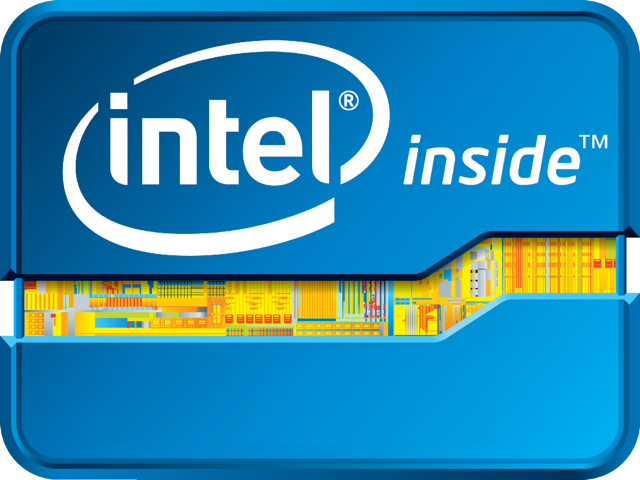Intel Debuts Low Cost, Low Power Chips for Internet of Things
November 5, 2015
Intel has made a strong move to compete in the Internet of Things, by announcing Quark, a new line of low-power, less expensive microcontroller chips. The new Quark chips draw 27 milliwatts, one-thousandths of a watt, compared to Intel’s standard chips that draw approximately 15 watts, and will be priced at $2 to $3. The new chips do not adhere to the Intel’s x86 chip design, which the company has used since the 1980s. With microcontroller chips, Intel faces new competition from Freescale Semiconductor and Atmel.
 According to The Wall Street Journal, Intel chief executive Brian Krzanich “reiterated his determination to get in early on the IoT trend.”
According to The Wall Street Journal, Intel chief executive Brian Krzanich “reiterated his determination to get in early on the IoT trend.”
The first Quark chip, the D1000 doesn’t qualify as an x86 chip because it can’t run the Windows operating system or other, similar software, says Intel executive Douglas Davis. He reports that most IoT applications aren’t based on conventional operating systems but instead run directly to the hardware.
“We are trying to drive the architecture to hit all the parameters that we need,” he said. Quark chips are also designed for extreme hot and cold temperatures.
Intel is not alone in going after the emerging IoT market. Cisco Systems, Qualcomm, General Electric and International Business Machines are also investing heavily. Many are using chip technology licensed from ARM Holdings, the standard in most smartphones, says WSJ.
One of the Quark chips includes “built-in, pattern-matching circuitry to identify anomalies in information arriving from external sensors.” A second Quark chip, D2000, is expected by the end of the year and a third, Quark SE SoC for IoT, is expected in the first half of 2016. Intel did not disclose pricing on these chips.

No Comments Yet
You can be the first to comment!
Sorry, comments for this entry are closed at this time.